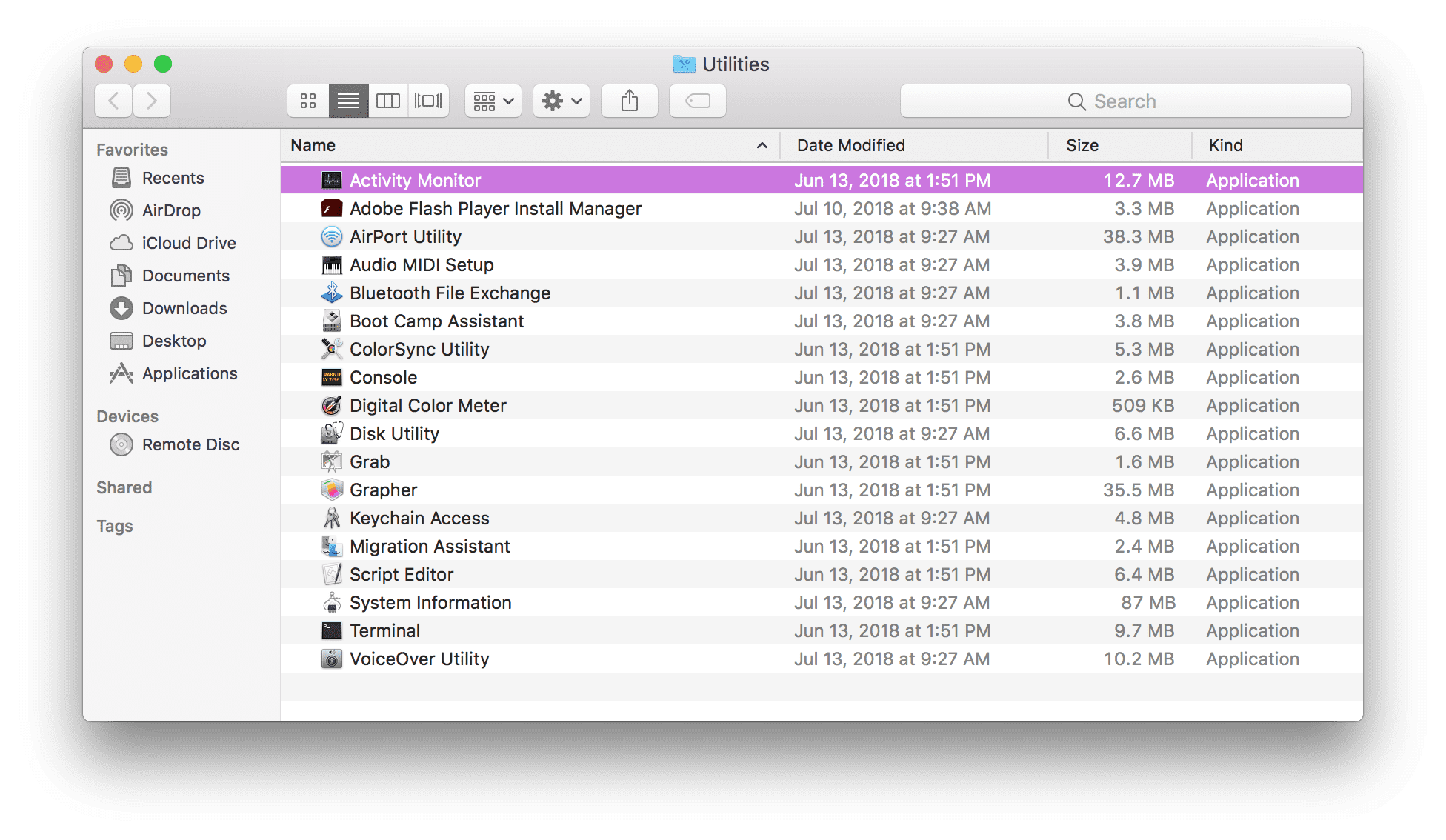
That is an extreme test and hopefully won't affect the average user.

In the case of the 1TB Fusion Drive, the drop in speed was triggered when we attempted to transfer 88GB of HD video. In a test we conducted on various Fusion and cached storage products, we found that the speed dropped dramatically if the transfer size exceeded the unused space on the flash module "fused" to the hard disk drive. While the Fusion drives performed exceptionally as well, Bare Feats includes something to keep in mind on that score:Ī FUSION REALITY CHECK: Though the Fusion Drive is impressive, just be aware that it has its limits.
ANSWER FOR MAC 8 2012 PRO
Its main rival is the Mac Pro 6-core.īare Feats also put the HDD, SSD, and Fusion drives available for the 27" iMac in the running against each other, and though their findings here were a bit less surprising (the SSD was the fastest, as expected), there is always the caveat of price to go along with optimum performance. The Mac Pro used excelled over the iMac in a multiprocessing benchmark in AE (CPU intensive) and noise reduction of a high-res photo in Photoshop (also CPU intensive) - but the iMac defeated the MP in rendering a 30 second Unsharp Mask (by one second of render time, CPU intensive) and Gaussian Blurring and a fast CC in Premiere, and performed at a greatly high real time FPS playback of a three-node correction in DaVinci Resolve (all GPU intensive).īOTTOMLINE: The newest, fastest CTO iMac, the 'late 2012' 3.4GHz Quad-Core i7 (Ivy Bridge) with the NVIDA GeForce TX 680MX, wins one out of three CPU intensive tests and five out of five GPU intensive tests. In the second test, Bare Feats found slightly different results amongst the same machines (adding an additional Mac Pro sporting an alternate GPU) running third-party Adobe and BMD tasks. In the first part of their test, Bare Feats found that the iMac 3.4GHz performed the best out of all machines in a number of tasks, including an automated Aperture export of 50 RAW stills to full-res JPEGs (CPU intensive), rendering FCPX's 'Directional Blur' effect on a 30 second 1080 ProRes 422 HQ project (GPU intensive), and a test which forced Apple Motion to RAM preview a project (in which the '12 iMac won out, able to render up to almost 41 FPS for this preview - GPU intensive, pictured above-left). In their two-part test, Bare Feats pitted the late 2012 27" iMac 3.4GHz Core i7 (with 32G RAM and a GeForce GTX 680MX GPU) against five other recent Macs in shootouts by both Apple and Adobe & Blackmagic Design - among the competitors is the 'mid 2012' Retina display Macbook Pro and the latest (mid 2010) Mac Pro - the latter of which, by the way, still performs admirably, and even the best in some cases. Keep in mind that these tests were balanced between CPU and GPU-stressful activities, split right about half and half. As always, you'll have to filter these findings by your own applications - performance sufficient for some of us may simply not cut it for those of us running or rendering the most hardcore of tasks - and concordantly, you may require even less brainpower of your machine than the tests performed for these benchmarks.


 0 kommentar(er)
0 kommentar(er)
